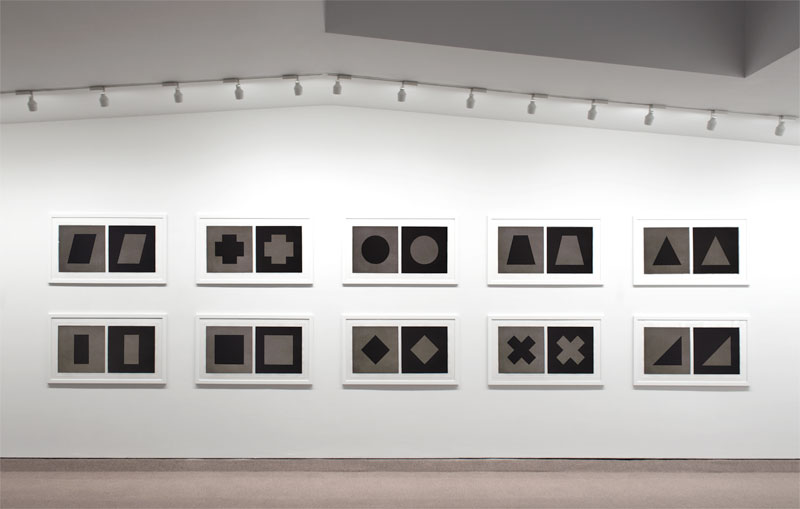
Exhibition View
Featuring works by
Josef Albers, Peter Downsbrough, Sol LeWitt, Robert Mangold,
Allan McCollum, and Richard Serra
Darkling uses, quite simply, dark imagery as its origin point but with the goal of conceptual, formal and social conversations created through the juxtapositions.
One such example of artists’ works that have not been juxtaposed before are Allan McCollum’s and Peter Downsbrough’s.
Allan McCollum’s The Shapes Project: Shapes From Maine, Shapes Rubber Stamps consists of a collection of 144 rubber stamps, each with a different unique shape as its rubber stamp. McCollum has devised a system that allows for the possible production of 31 billion unique shapes. More “Shapes” than people, as the projected spike in the earth’s population anticipates, come mid-21st century. As Charmaine Wheatley has written, “An artist rooted in process, Allan McCollum “does projects to raise questions for which he has not yet found answers.” “Shapes from Maine” engages the public to share in a discussion of issues relevant to all.”
On the back wall of the right alcove are eight silver gelatin photographs. The negatives were made between 1978 and 2015, while the photographic prints were made in 2014 and 2015. Each of the photographs, from the artist’s “Halfs” series, consists of a black and white image where one half is a solid wall or plane with texture, grid or other visual information. The other half shows a deeper scene – train tracks receding in space or a curb curving around a street’s bend, for example. The wall half prompts focus on texture, while the other half draws attention to the formal arrangements and activity in the “scene”. Since each photo has both halves, the experience of comparison occurs and suddenly each half’s details inform the reading of the other half. This is further enunciated by the juxtaposition of 5 photos, each using this arrangement, yet each in a different geographic location. One wall has deep texture, another has a grid. One scene seems like a grid, another looks like a study in one point perspective. Every point of view can consist of multiple comparisons.
These two artists, along with the others in the exhibition are interested not just in discrete objects but how experience, history, perception and variation play into one’s experience of a work, emotionally, intellectually and physically.
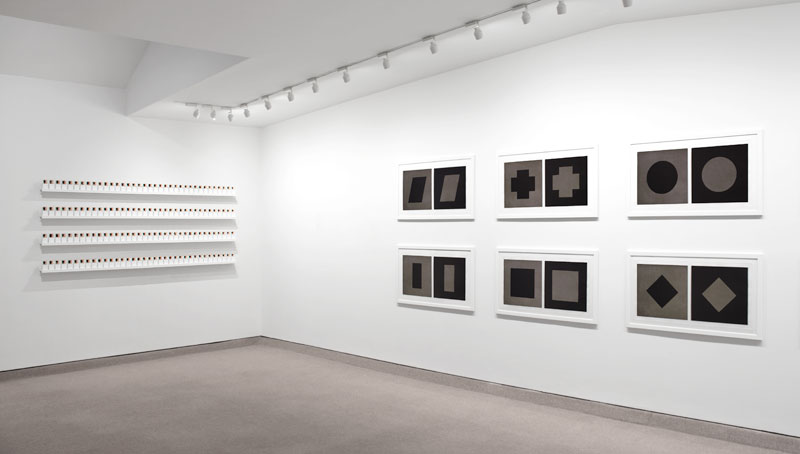
Each element: 1 1/4 x 1 1/8 x 1 3/4 inches (3.2 x 2.9 x 4.4 cm)
Installation dimensions are variable
Each one with signed authentication card
(Inventory #25171)
Each element: 1 1/4 x 1 1/8 x 1 3/4 inches (3.2 x 2.9 x 4.4 cm)
Installation dimensions are variable
Each one with signed authentication card
(Inventory #25171)
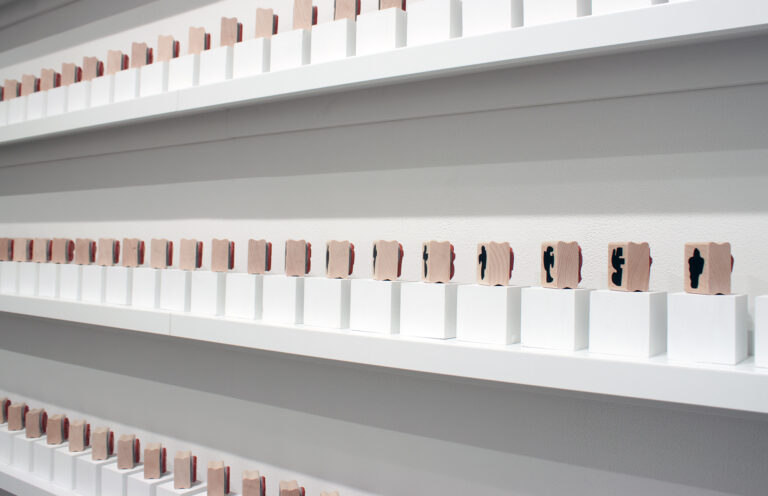
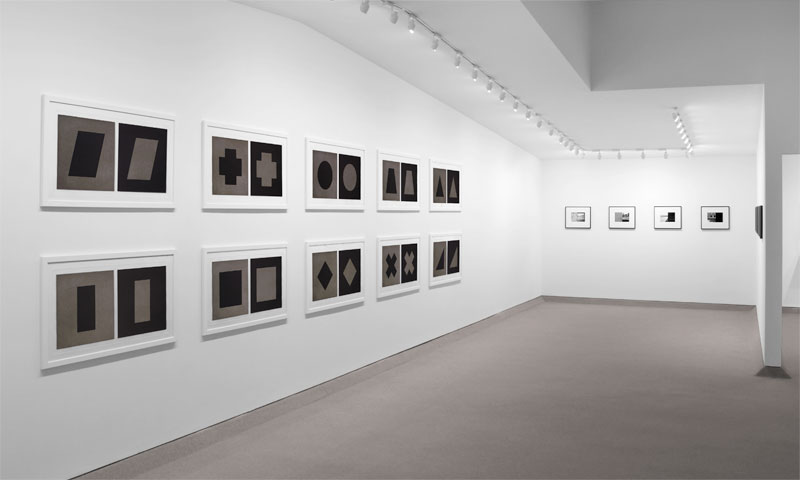
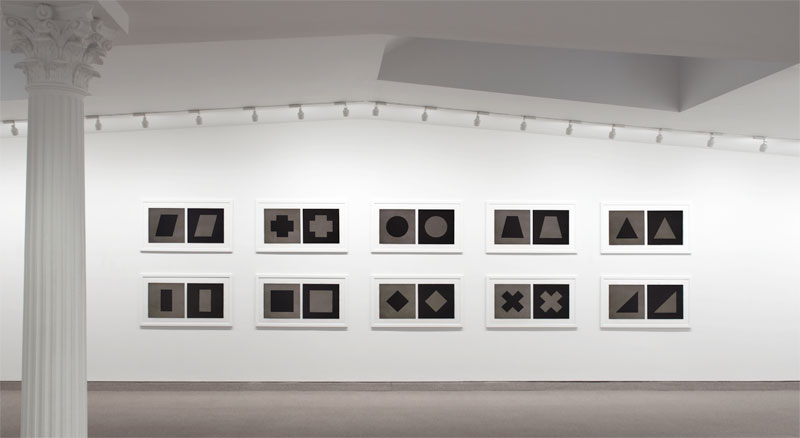
Image size: 17 1/2 x 34 inches each (44.5 x 86.4 cm each)
Paper size: 21 x 38 inches each (53.3 x 96.5 cm each)
Edition of 10
Signed and numbered lower right on each sheet in graphite
(Inventory #18059)
Krakow 1983.01
Available as a complete set only
Image size: 17 1/2 x 34 inches each (44.5 x 86.4 cm each)
Paper size: 21 x 38 inches each (53.3 x 96.5 cm each)
Edition of 10
Signed and numbered lower right on each sheet in graphite
(Inventory #18059)
Krakow 1983.01
Available as a complete set only
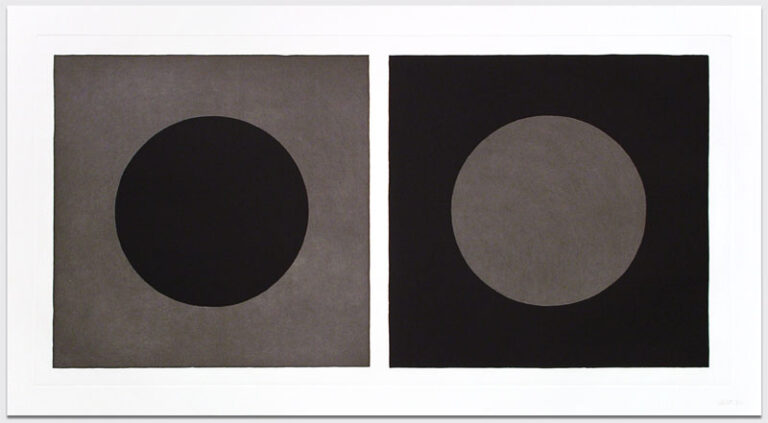
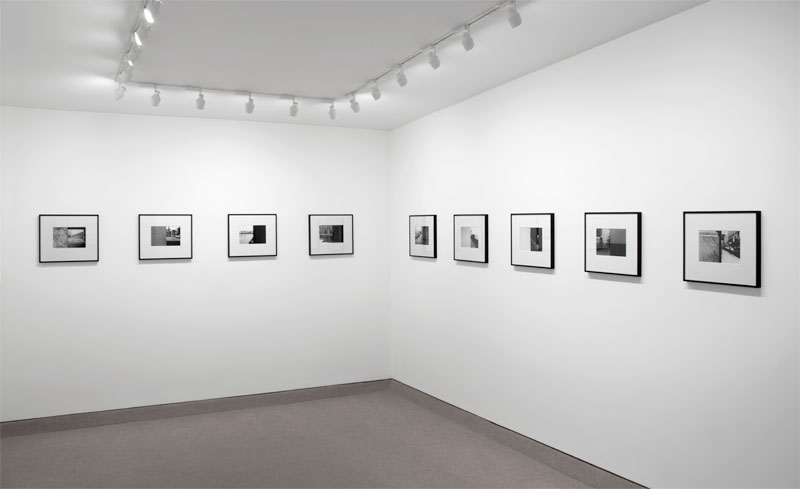
Image size: 6 3/8 x 9 1/2 inches (16 x 24 cm)
Paper size: 8 1/8 x 10 3/4 inches (20.6 x 27.3 cm)
Frame size: 14 1/4 x 17 inches (36.2 x 43.2 cm)
Edition of 5
Signed, titled and dated on reverse
(Inventory #28152)
Image size: 6 3/8 x 9 1/2 inches (16 x 24 cm)
Paper size: 8 1/8 x 10 3/4 inches (20.6 x 27.3 cm)
Frame size: 14 1/4 x 17 inches (36.2 x 43.2 cm)
Edition of 5
Signed, titled and dated on reverse
(Inventory #28152)
Silver gelatin photograph
Image size: 6 3/8 x 9 1/2 inches (16 x 24 cm)
Paper size: 8 1/8 x 10 3/4 inches (20.6 x 27.3 cm)
Frame size: 14 1/4 x 17 inches (36.2 x 43.2 cm)
Edition of 5
Signed, titled and dated on reverse
(Inventory #28160)
Silver gelatin photograph
Image size: 6 3/8 x 9 1/2 inches (16 x 24 cm)
Paper size: 8 1/8 x 10 3/4 inches (20.6 x 27.3 cm)
Frame size: 14 1/4 x 17 inches (36.2 x 43.2 cm)
Edition of 5
Signed, titled and dated on reverse
(Inventory #28160)
Image size: 6 3/8 x 9 1/2 inches (16 x 24 cm)
Paper size: 8 1/8 x 10 3/4 inches (20.6 x 27.3 cm)
Frame size: 14 1/4 x 17 inches (36.2 x 43.2 cm)
Edition of 5
Signed, titled and dated on reverse
(Inventory #28155)
Image size: 6 3/8 x 9 1/2 inches (16 x 24 cm)
Paper size: 8 1/8 x 10 3/4 inches (20.6 x 27.3 cm)
Frame size: 14 1/4 x 17 inches (36.2 x 43.2 cm)
Edition of 5
Signed, titled and dated on reverse
(Inventory #28155)
Image size: 6 3/8 x 9 1/2 inches (16.2 x 24.1 cm)
Paper size: 8 1/8 x 10 3/4 inches (20.6 x 27.3 cm)
Frame size: 14 1/4 x 17 inches (36.2 x 43.2 cm)
Edition of 5
Signed, titled and dated on reverse
(Inventory #28156)
Image size: 6 3/8 x 9 1/2 inches (16.2 x 24.1 cm)
Paper size: 8 1/8 x 10 3/4 inches (20.6 x 27.3 cm)
Frame size: 14 1/4 x 17 inches (36.2 x 43.2 cm)
Edition of 5
Signed, titled and dated on reverse
(Inventory #28156)
Image size: 6 3/8 x 9 1/2 inches (16 x 24 cm)
Paper size: 8 1/8 x 10 3/4 inches (20.6 x 27.3 cm)
Frame size: 14 1/4 x 17 inches (36.2 x 43.2 cm)
Edition of 5
Signed, titled and dated on reverse
(Inventory #28153)
Image size: 6 3/8 x 9 1/2 inches (16 x 24 cm)
Paper size: 8 1/8 x 10 3/4 inches (20.6 x 27.3 cm)
Frame size: 14 1/4 x 17 inches (36.2 x 43.2 cm)
Edition of 5
Signed, titled and dated on reverse
(Inventory #28153)
Image size: 6 3/8 x 9 1/2 inches (16 x 24 cm)
Paper size: 8 1/8 x 10 3/4 inches (20.6 x 27.3 cm)
Frame size: 14 1/4 x 17 inches (36.2 x 43.2 cm)
Edition of 5
Signed, titled and dated on reverse
(Inventory #28159)
Image size: 6 3/8 x 9 1/2 inches (16 x 24 cm)
Paper size: 8 1/8 x 10 3/4 inches (20.6 x 27.3 cm)
Frame size: 14 1/4 x 17 inches (36.2 x 43.2 cm)
Edition of 5
Signed, titled and dated on reverse
(Inventory #28159)
Image size: 6 3/8 x 9 1/2 inches (16.2 x 24.1 cm)
Paper size: 8 1/8 x 10 3/4 inches (20.6 x 27.3 cm)
Frame size: 14 1/4 x 17 inches (36.2 x 43.2 cm)
Signed, titled and dated on reverse
(Inventory #28157)
Image size: 6 3/8 x 9 1/2 inches (16.2 x 24.1 cm)
Paper size: 8 1/8 x 10 3/4 inches (20.6 x 27.3 cm)
Frame size: 14 1/4 x 17 inches (36.2 x 43.2 cm)
Signed, titled and dated on reverse
(Inventory #28157)
Image size: 6 3/8 x 9 1/2 inches (16 x 24 cm)
Paper size: 8 1/8 x 10 3/4 inches (20.6 x 27.3 cm)
Frame size: 14 1/4 x 17 inches (36.2 x 43.2 cm)
Edition of 5
Signed, titled and dated on reverse
(Inventory #28158)
Image size: 6 3/8 x 9 1/2 inches (16 x 24 cm)
Paper size: 8 1/8 x 10 3/4 inches (20.6 x 27.3 cm)
Frame size: 14 1/4 x 17 inches (36.2 x 43.2 cm)
Edition of 5
Signed, titled and dated on reverse
(Inventory #28158)
Image size: 6 3/8 x 9 1/2 inches (16.2 x 24.1 cm)
Paper size: 8 1/8 x 10 3/4 inches (20.6 x 27.3 cm)
Frame size: 14 1/4 x 17 inches (36.2 x 43.2 cm)
Signed, titled and dated on reverse
(Inventory #28154)
Image size: 6 3/8 x 9 1/2 inches (16.2 x 24.1 cm)
Paper size: 8 1/8 x 10 3/4 inches (20.6 x 27.3 cm)
Frame size: 14 1/4 x 17 inches (36.2 x 43.2 cm)
Signed, titled and dated on reverse
(Inventory #28154)
Image size: 6 3/8 x 9 1/2 inches (16.2 x 24.1 cm)
Paper size: 8 1/8 x 10 3/4 inches (20.6 x 27.3 cm)
Frame size: 14 1/4 x 17 inches (36.2 x 43.2 cm)
Signed, titled and dated on reverse
(Inventory #28161)
Image size: 6 3/8 x 9 1/2 inches (16.2 x 24.1 cm)
Paper size: 8 1/8 x 10 3/4 inches (20.6 x 27.3 cm)
Frame size: 14 1/4 x 17 inches (36.2 x 43.2 cm)
Signed, titled and dated on reverse
(Inventory #28161)
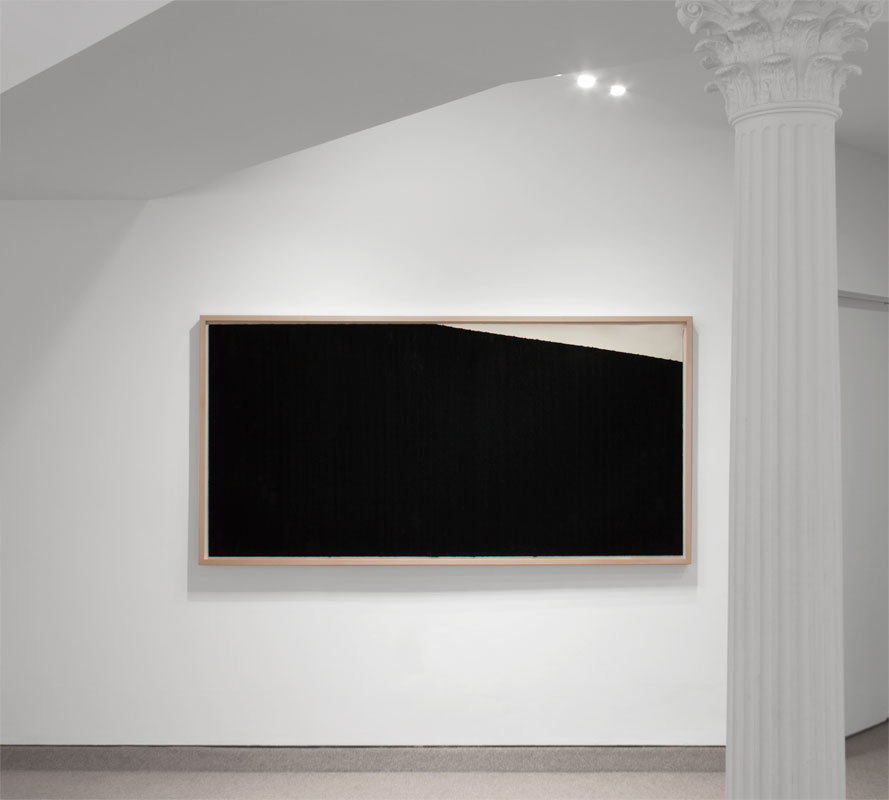
Edition of 30
Signed verso
40 x 82 1/2 inches (101.6 x 209.5 cm)
(Inventory #22019)
Edition of 30
Signed verso
40 x 82 1/2 inches (101.6 x 209.5 cm)
(Inventory #22019)
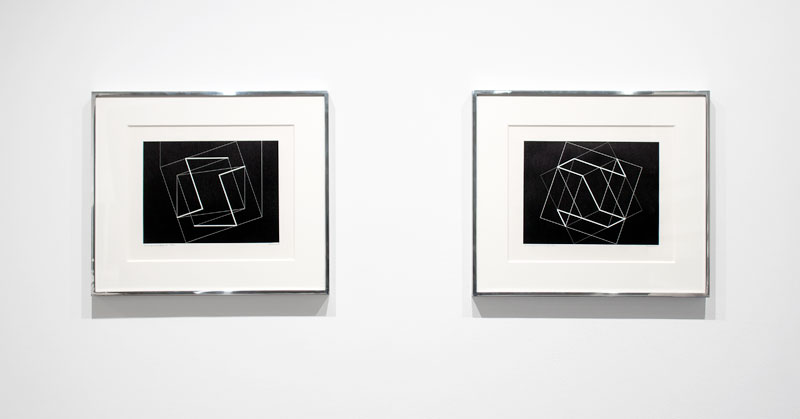
Image/plate size: 7 1/8 x 9 1/2 inches (18.1 x 24.1 cm)
Paper size: 11 x 15 1/2 inches (27.9 x 39.4 cm)
Frame size: 14 1/4 x 16 1/2 inches (36.2 x 41.9 cm)
Edition of 20
Signed and dated “Albers 50” lower right. Titled and numbered lower left
(Inventory #28124)
Image/plate size: 7 1/8 x 9 1/2 inches (18.1 x 24.1 cm)
Paper size: 11 x 15 1/2 inches (27.9 x 39.4 cm)
Frame size: 14 1/4 x 16 1/2 inches (36.2 x 41.9 cm)
Edition of 20
Signed and dated “Albers 50” lower right. Titled and numbered lower left
(Inventory #28124)
Image/plate size: 7 1/8 x 9 7/16 inches (18.1 x 24 cm)
Paper size: 12 x 15 1/2 inches (30.5 x 39.4 cm)
Edition of 20
Signed and dated “Albers 50” lower right. Titled and numbered lower left
(Inventory #28125)
Image/plate size: 7 1/8 x 9 7/16 inches (18.1 x 24 cm)
Paper size: 12 x 15 1/2 inches (30.5 x 39.4 cm)
Edition of 20
Signed and dated “Albers 50” lower right. Titled and numbered lower left
(Inventory #28125)
Image/plate size: 7 1/8 x 9 7/16 inches (18.1 x 24 cm)
Paper size: 12 x 15 1/2 inches (30.5 x 39.4 cm)
Edition of 20
Signed and dated “Albers 50” lower right. Titled and numbered lower left
(Inventory #28127)
Image/plate size: 7 1/8 x 9 7/16 inches (18.1 x 24 cm)
Paper size: 12 x 15 1/2 inches (30.5 x 39.4 cm)
Edition of 20
Signed and dated “Albers 50” lower right. Titled and numbered lower left
(Inventory #28127)
Image/paper size: 22 3/4 x 30 3/4 inches (57.8 x 78.1 cm)
Edition of 30Signed lower right, numbered lower left
(Inventory #28373)
Image/paper size: 22 3/4 x 30 3/4 inches (57.8 x 78.1 cm)
Edition of 30Signed lower right, numbered lower left
(Inventory #28373)
No results found.
10 Newbury Street, Boston, Massachusetts 02116
617-262-4490 | info@krakowwitkingallery.com
The gallery is free and open to the public. Please note our summer schedule:
June
Tuesday – Saturday, 10–5:30
July 1–25
Tuesday – Friday, 10–5:30
(Closed Friday, July 4)
July 29 – September 1
Open via appointment
Beginning September 2
Tuesday – Saturday, 10–5:30